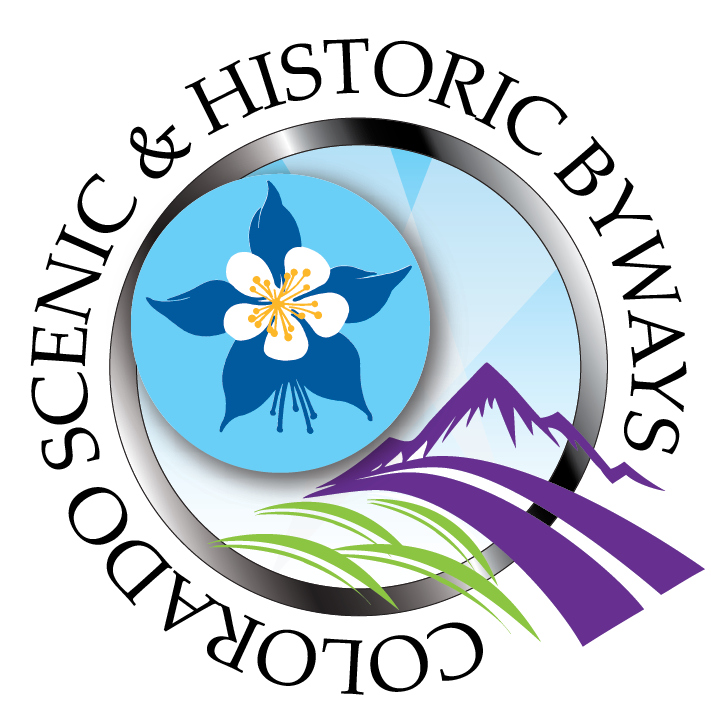How Trails Happen
Colorado’s trails and open spaces are busier than ever as more people look for ways to spend time outside and enjoy our beautiful state. Our #KeepItInMind awareness campaign in 2020 provided tips nature lovers can “keep in mind” as they head outside.
The campaign prompted our followers to raise some questions via social media - such as, Who decides where a trail goes? What if the trail doesn’t go where I want it to go? What happens when people go off trail?
These are great questions! To help us answer these and more, one of our members, City of Fort Collins Natural Areas Department, shared a few insights. Whether a trail is located on private or public property, these are things people can keep in mind about trails - and what it will take to keep them beautiful, accessible and open.
“Trails do not just happen. The design and construction of a trail is a deliberate process that factors in a variety of ecological, social and fiscal factors to create a quality visitor experience.”
1. Who decides where a trail goes?Trail routing is a collaborative, intentional process that carefully considers many factors when designing trails that are ecologically, socially and fiscally sustainable. Factors include sensitive wildlife habitat, threatened plant communities, archaeological and cultural resources, soil type, watershed, topography and visitor experience. The process can often involve other land management agencies, conservation partners, neighboring landowners and various stakeholders who represent different use types.
2. How are trails built differently for different users, such as bikers, hikers and horseback riders?The City of Fort Collins Natural Areas Department (NAD) predominantly builds multi-use trails. However, some trails managed by NAD are designated as use-specific. Certain design techniques related to trail structures, corridor height and width, and degree of challenge are built into these trails to optimize visitor experience. There are also often differences in trail construction related to whether a trail is built in a front-country or a back-country setting; these include aspects such as trail width, grade and allowed obstructions. Visitors have varying levels of ability and desire different types of trail experiences; NAD endeavors to provide a variety of trail opportunities to meet their needs.
3. What if a trail doesn’t go where I want to go? What's the harm in wandering off trail?Trails are often designed to take visitors exactly where they would like to go in the most efficient and sustainable way possible – for example, to a popular fishing spot, a favorite climbing area or a scenic vista. However, trails are also designed to avoid hazards, sensitive plant and wildlife communities, and irreplaceable cultural and archaeological resources. When visitors travel off trail, they threaten these resources, which serve as conservation priorities for the land manager.
When enough people walk off trail, it can create a new, undesignated trail. These trails, often referred to as “social trails,” pose a management challenge to land managers.
4. What happens when users create social trails?When visitors create social trails, they can impact sensitive wildlife habitat and plant communities – and this alters the ecological integrity of an area. Social trails may also affect the protection of cultural and archaeological resources through disturbance, destruction or collection. Further, when open space agencies with limited resources need to manage social trails (for example, inventorying or restoring them), they have less time for maintaining or constructing designated trails and conserving publicly protected spaces.
5. What happens when trails get over-used? Do you have to shut them down? As visitation to a trail intensifies, trails will typically expand in width and may experience “braiding.” This creates the challenging decision to either maintain multiple trails within the same corridor, or maintain a wider trail. Some users are opposed to wider “two-track” trails, but it can be nearly impossible to maintain a “single-track” profile on a heavily visited trail. Therefore, NAD attempts to provide a variety of both wider “two-track” and “single-track” experiences for visitors throughout its 110-mile trail system.
NAD has closed and realigned heavily used trails in the past. However, while visitation was a factor in the decision-making process, the trail closures were related more specifically to issues of sustainability. After realignment was complete, the old trails were closed with large boulders and waddles to reduce erosion, and then reseeded with a native plant mixture. These closures have been successful, as the newly realigned trails were designed to provide a better visitor experience and improved sustainability.
6. When it’s muddy, what should I do? Walk through it, go around it, or avoid it? NAD implements “Wet and Muddy” trail closures on some of its properties when trail conditions are particularly vulnerable. This includes closing access at all entry points to a property with gates and interpretive signage. Trail closures are reported through a variety of web-based and social media resources, so that visitors may plan ahead and prepare for their trail experience. Closures are also patrolled by law enforcement personnel (Ranger staff). Early efforts to close properties met some resistance, but after a few years, visitors began to report their own recommendations for closures or report illegal trespass during a closure.
In instances when a property is not closed due to vulnerable trail conditions, and a visitor encounters a muddy section of trail, they are advised to go through the mud. Attempting to avoid the mud by walking off trail to find a drier travel path tramples sensitive vegetation and widens trails. This affects visitor experience and creates trail maintenance issues, as trails staff will often have to manage either a wider trail or two or more “braided” trails. If visitors do not care to deal with mud, they are advised to stay home or visit one of the paved trails in their community.
7. When it’s icy, what should I do? Walk through it, go around it, or avoid it? When it is icy, as with mud, visitors are advised to go through the ice, and to avoid walking off trail. Visitors should plan ahead and prepare for icy conditions by bringing traction devices for their boots and hiking staffs. Many land management agencies now have web-based trail reporting resources that can alert and inform visitors of trail conditions before heading out on their adventure.
8. Who should I contact if I see trail damage? Contact the land manager responsible for the maintenance of the damaged trail. The more detailed information you can provide, the easier it will be for the land manager to address the issue. It’s helpful if you can provide a photo, the map location or GPS coordinates, and a detailed description of the damage, as well as your name and email address or phone number. Land managers are often responsible for maintaining many miles of trail and always appreciate another pair of eyes focused on trail stewardship.
9. How can I help keep my local trails maintained?Contact your local land management agencies to inquire about trail maintenance volunteer opportunities in your area. Volunteers are an incredibly effective way for these organizations to leverage their own resources in trail maintenance and construction. Your assistance is welcome, and is often essential to the operation of these organizations.
10. Bonus question: What’s something most trail users don’t know or understand about your job?Trails do not just happen. The design and construction of a trail is a deliberate process that factors in a variety of ecological, social and fiscal factors to create a quality visitor experience. All the planning and hard work of trail construction is further obfuscated by the trail worker’s code to make the final trail’s construction “look like it just fell from the sky” or “like it has always been there.” This means that trail builders go to great lengths to hide all the difficult work and remnants of a trail’s construction. As such, many professional and volunteer efforts in trail construction, by me and by others, often go unnoticed. I do not think that we would have it any other way, though.
Many thanks to Todd Juhasz, Trails and Visitor Use Research, City of Fort Collins Natural Areas Department, for sharing his expertise!
Thanks for reading. Feel free to reach out to your local open space agency to learn about your local area’s trails. Thank you for helping us to “keep it Colorado.”
















